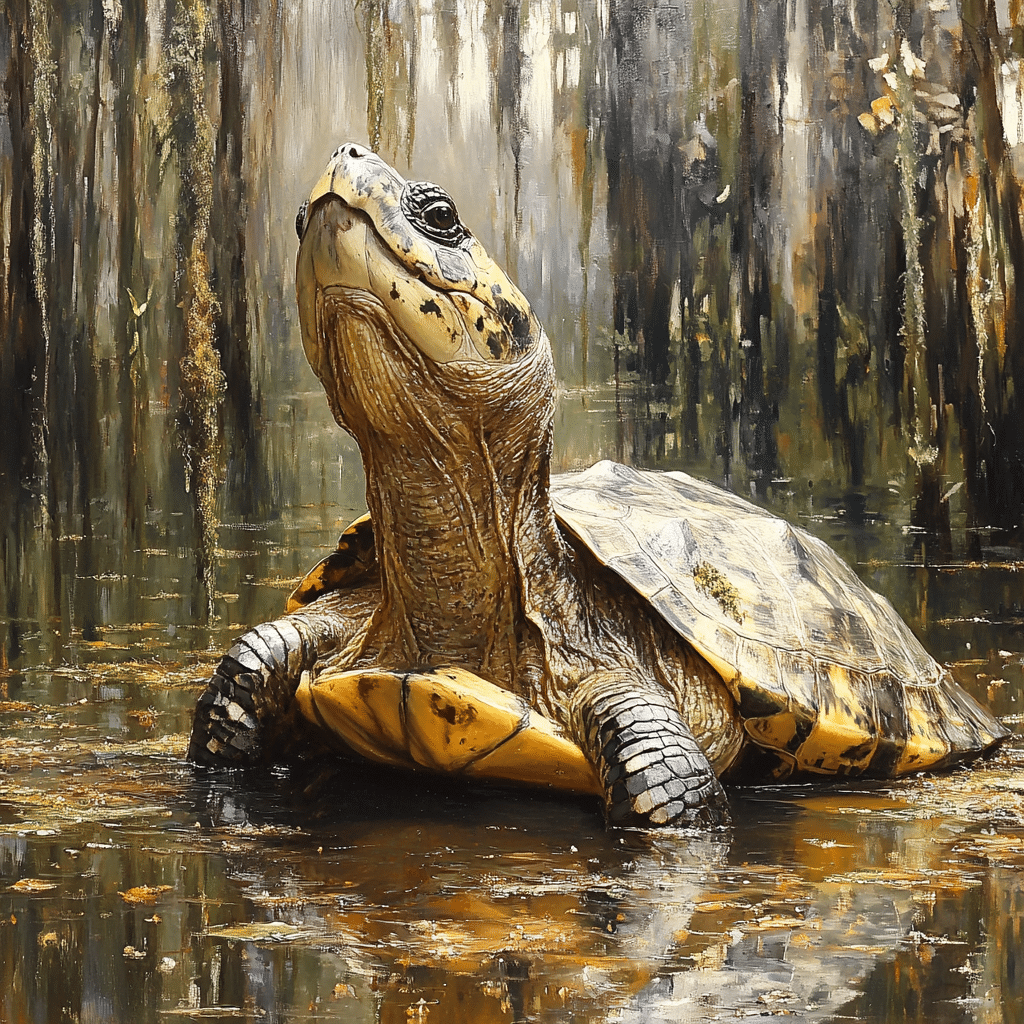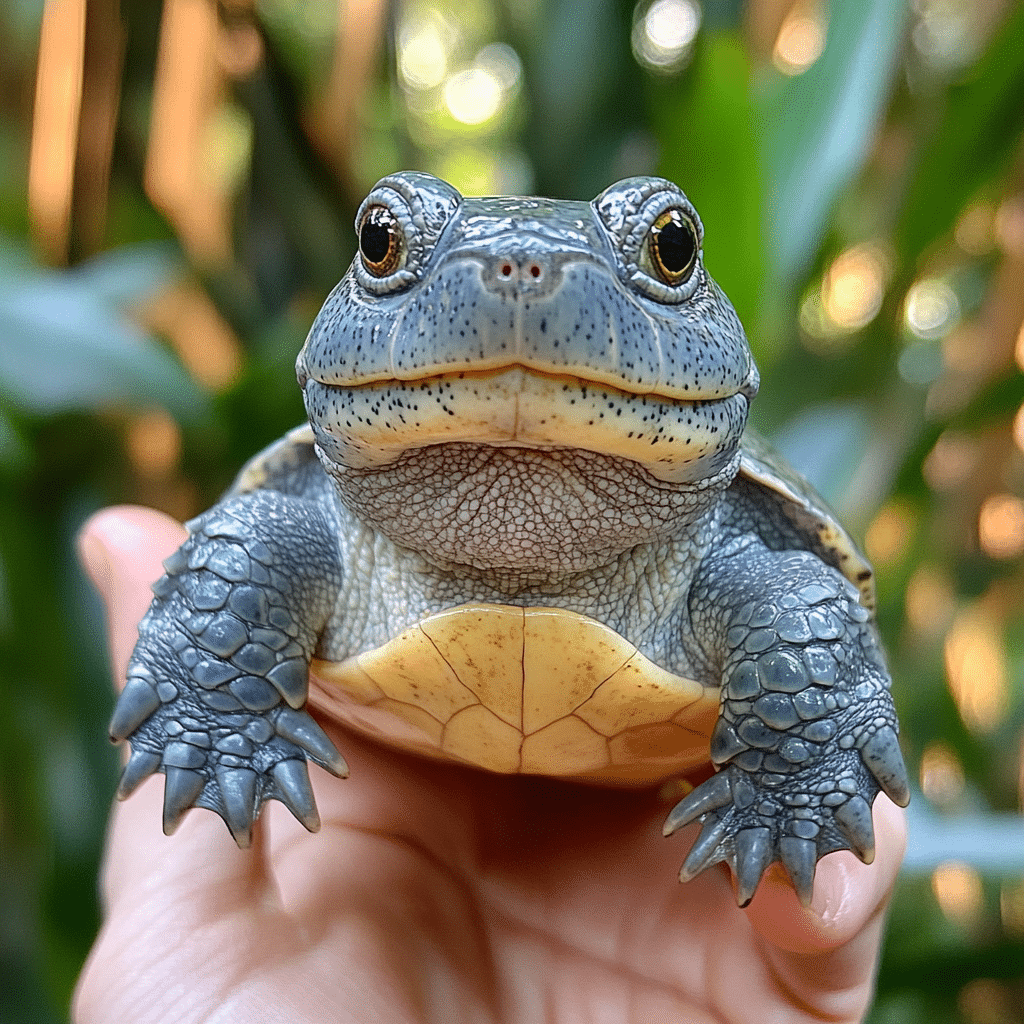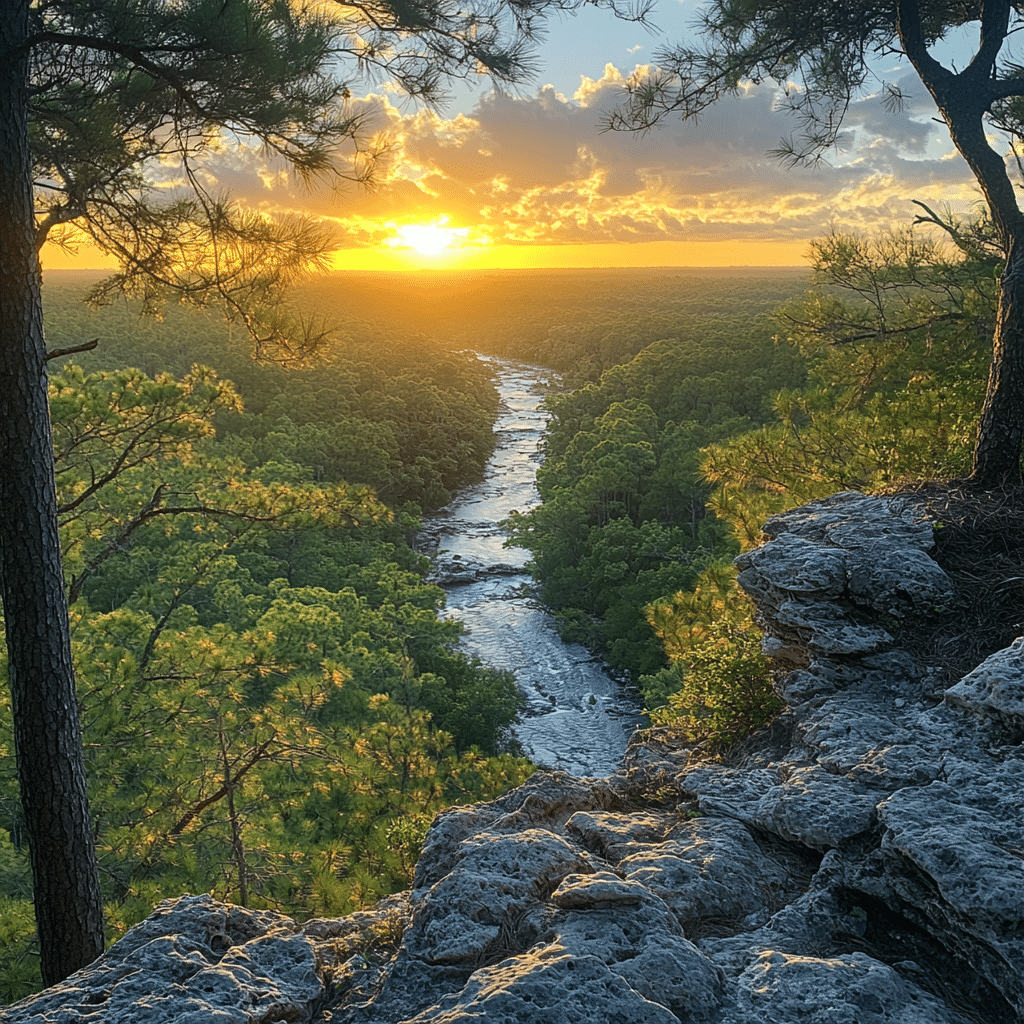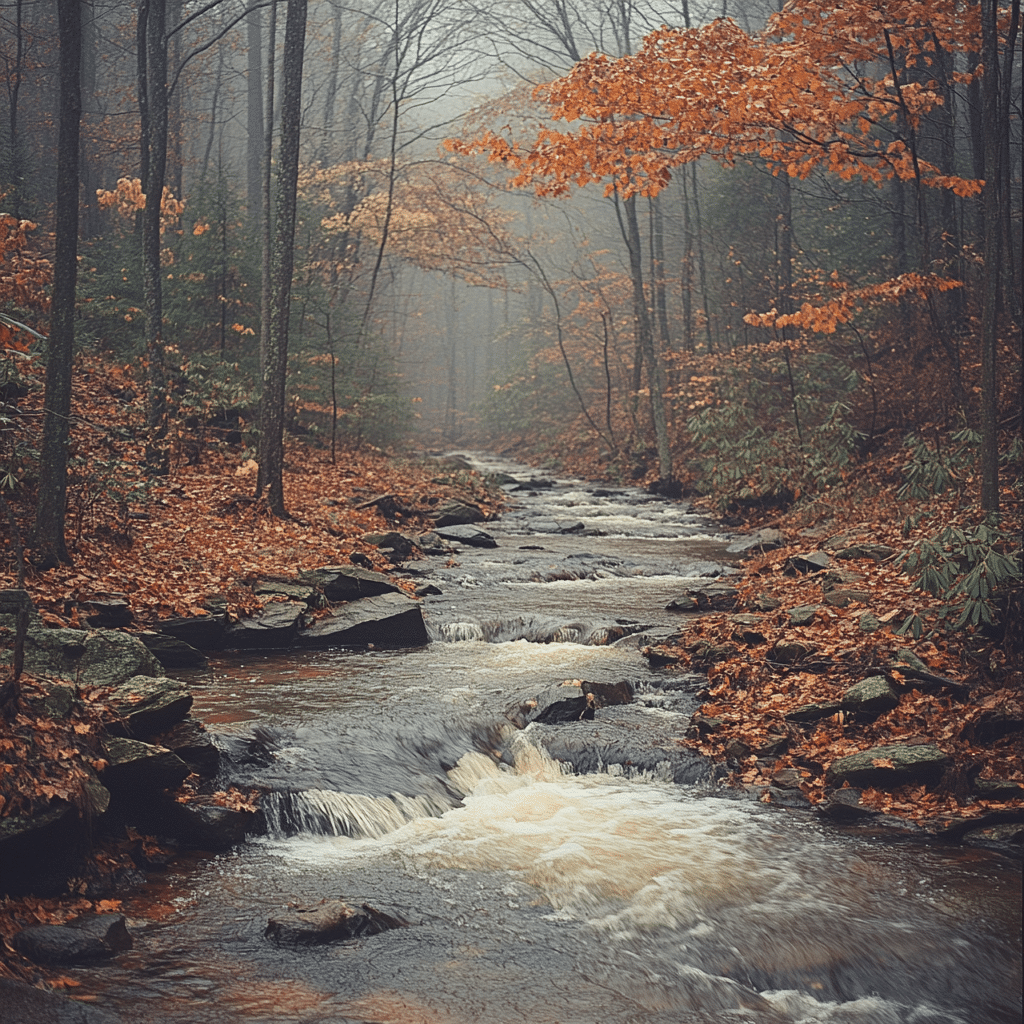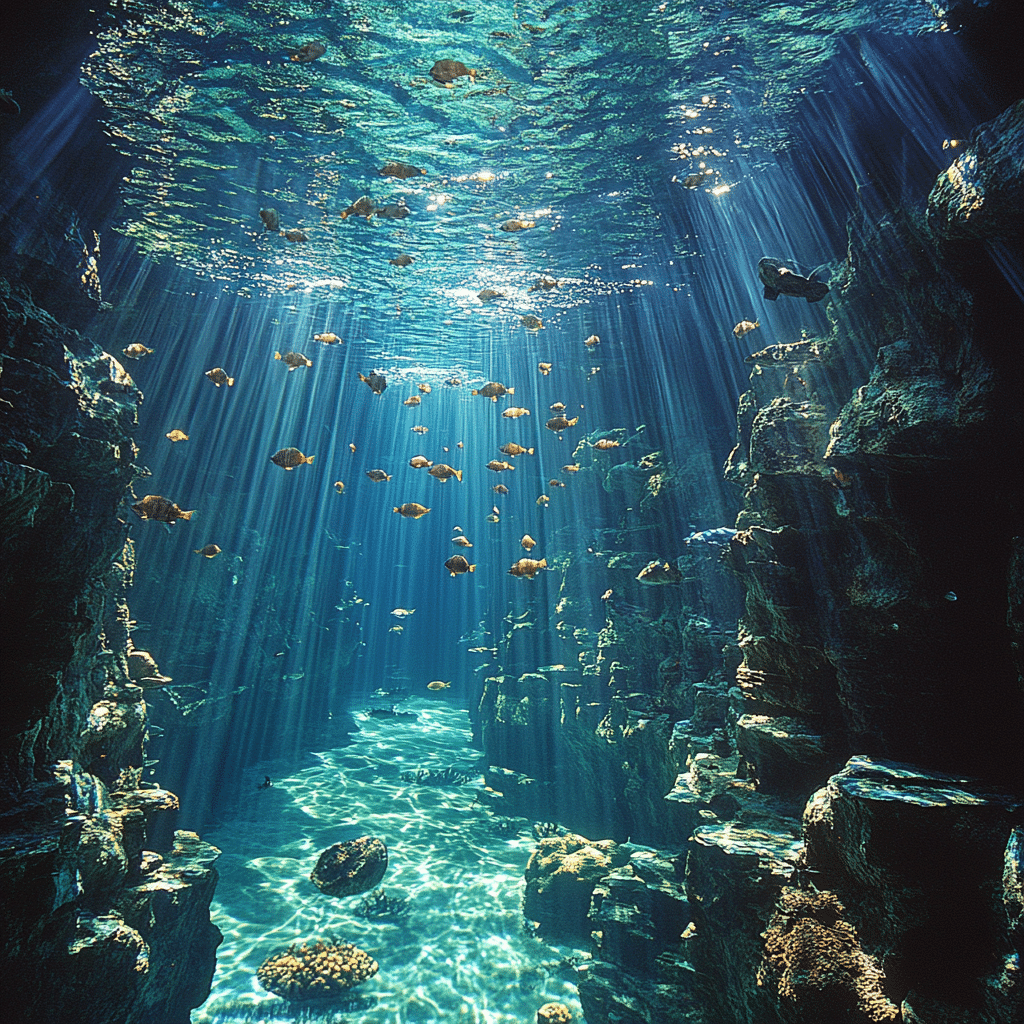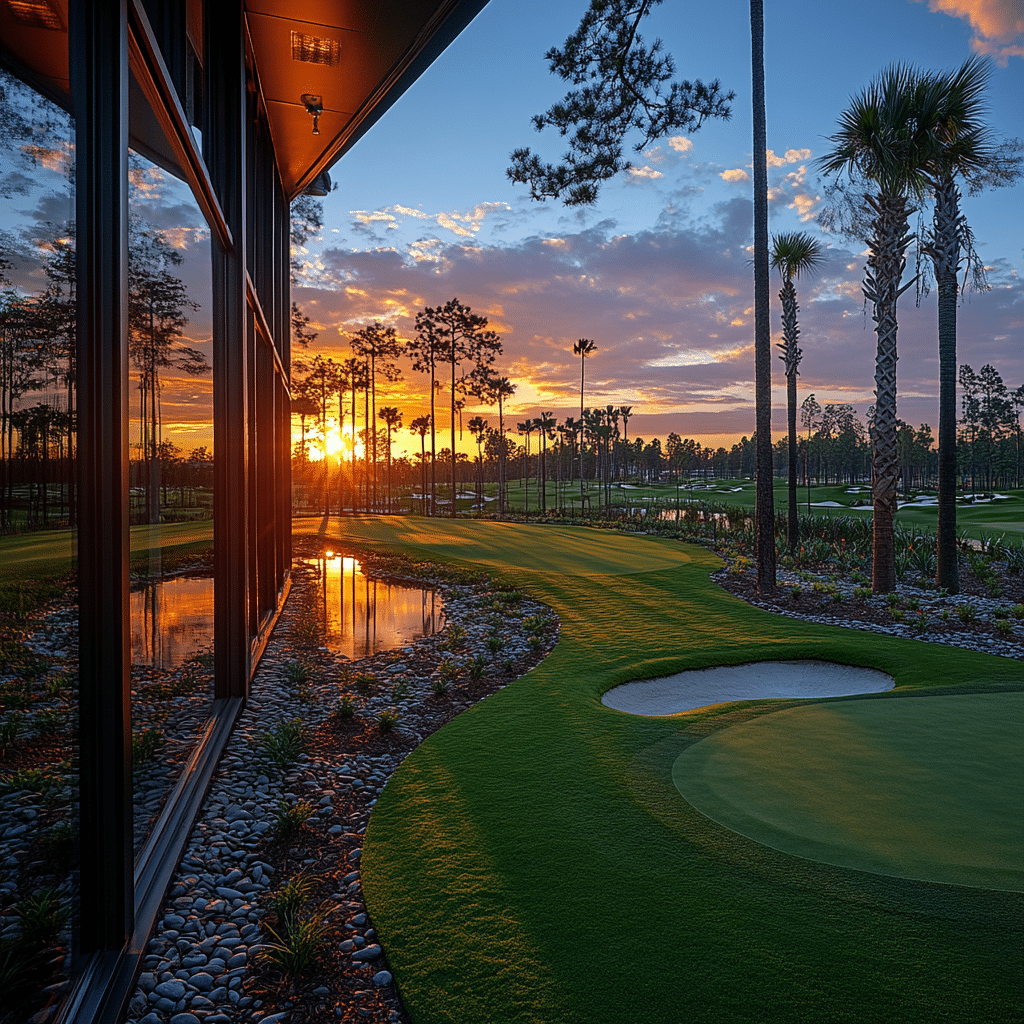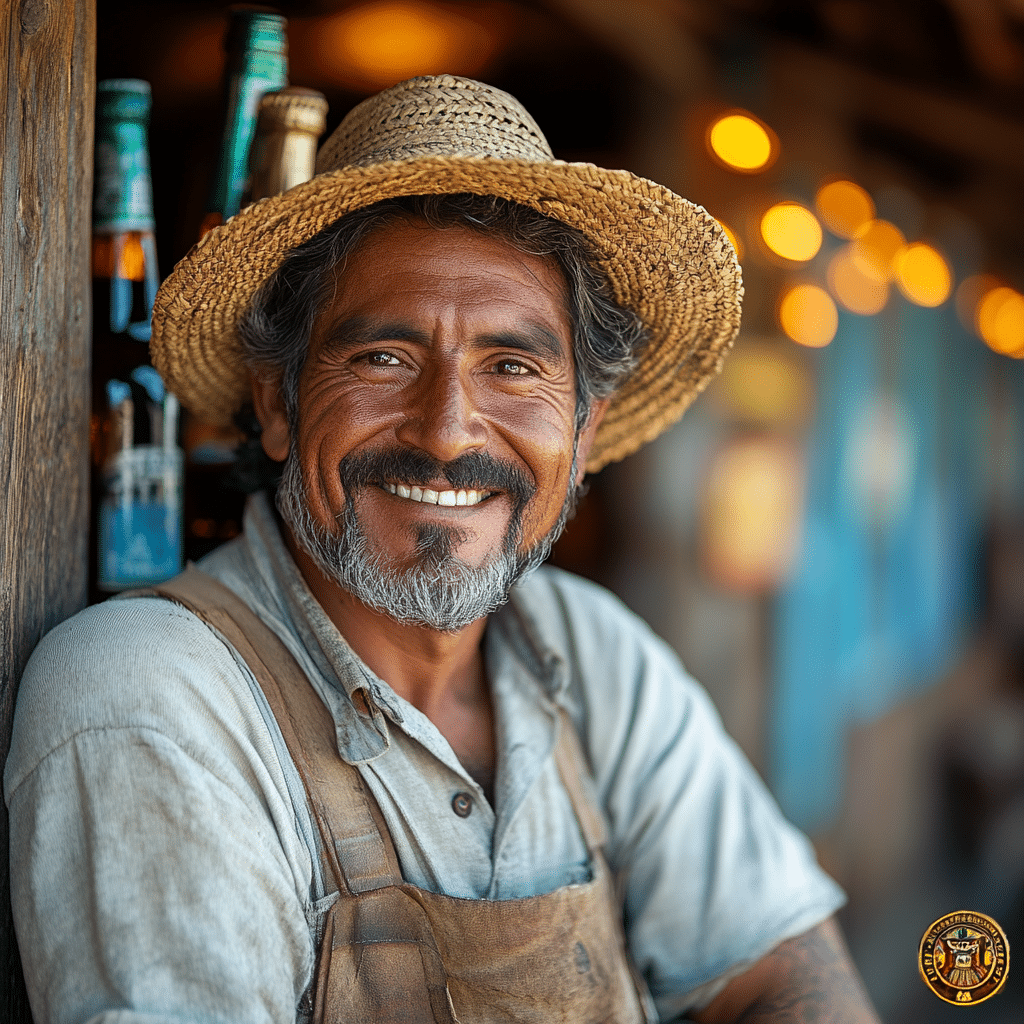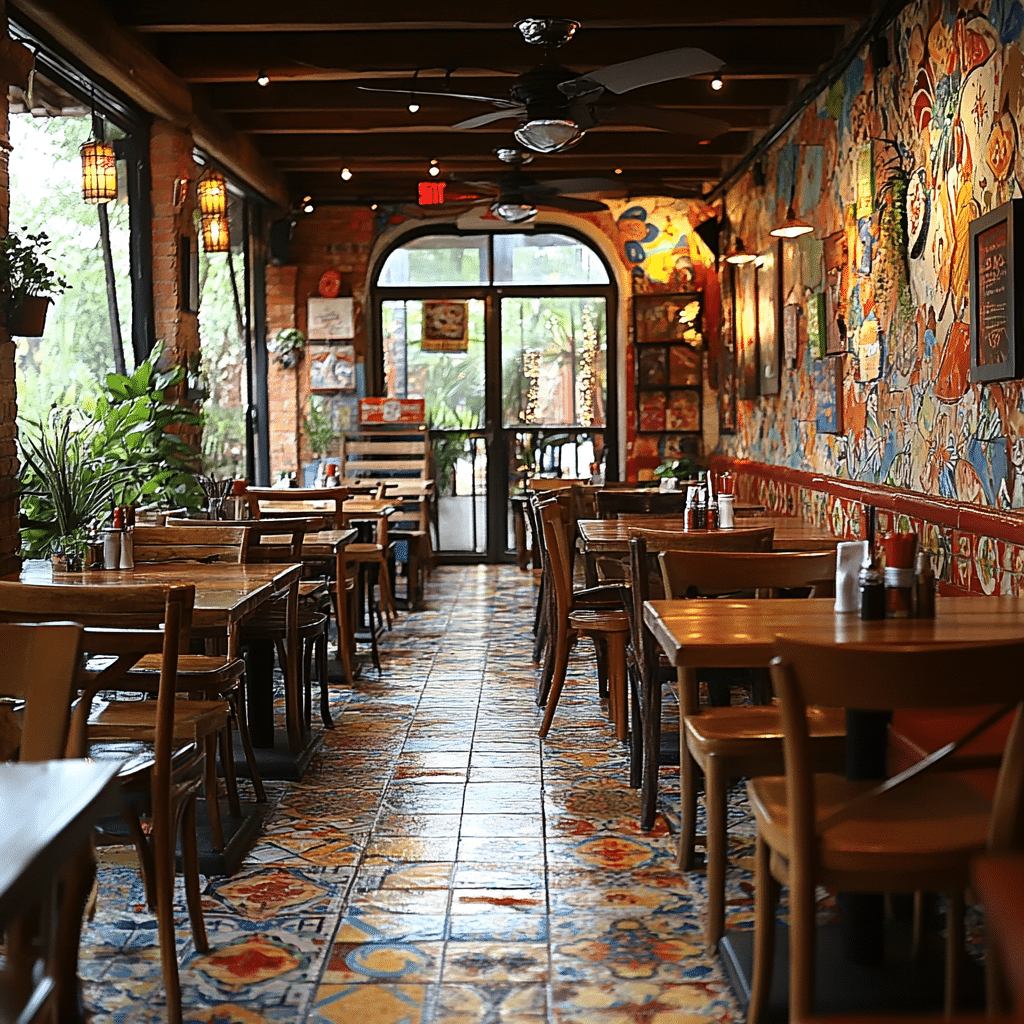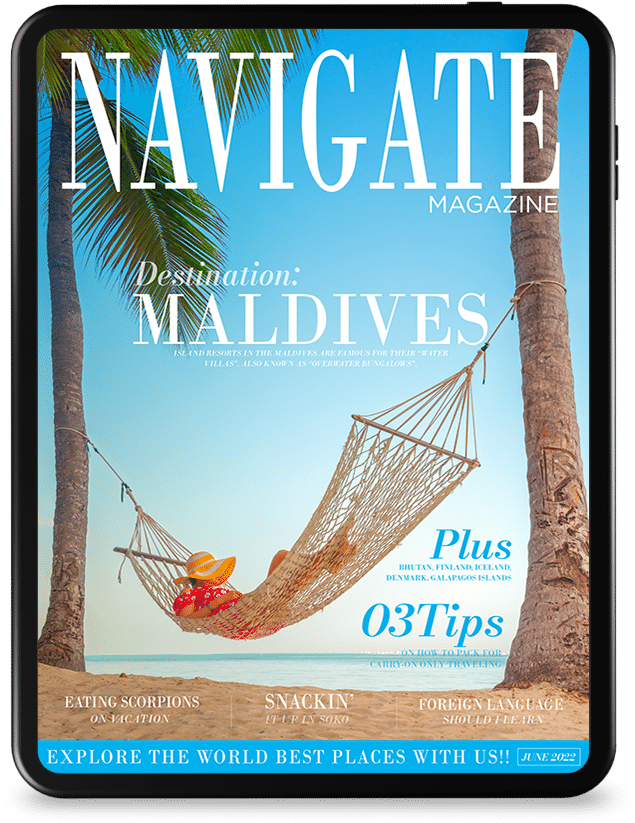When you think about Florida’s vibrant wildlife, the Florida softshell turtle (Apalone ferox) might not pop into your mind immediately. However, this turtle is a true icon of aquatic diversity. Found in warm, lowland freshwater areas, these creatures are essential to maintaining the balance of their ecosystems. With their fascinating adaptations, unique diets, and conservation challenges, the Florida softshell turtle offers a glimpse into the complexities of nature that many travelers overlook. So, let’s dive deep into six amazing facts about this exceptional species!
1. Top 6 Amazing Facts About the Florida Softshell Turtle
1.1 Unique Adaptations for Aquatic Life
The Florida softshell turtle stands out for its flattened, leathery shell, which enhances its ability to glide through the water. Unlike other turtles with hard shells that can weigh them down, this unique design allows for streamlined movement, almost like a submarine navigating through currents. Those streamlined bodies mean they can swim faster, making them agile hunters in their aquatic environment. This morphology isn’t just cool; it’s a key to their survival in Florida’s waterways.
1.2 Carnivorous Diet: More than Just Aquatic Plants
If you think turtles munch on salad all day, think again! The Florida softshell turtle is primarily carnivorous, gorging on an interesting mix of fish, frogs, and crustaceans. This predatory diet plays a crucial role in regulating local fish populations, ensuring that water bodies maintain natural order. Imagine lounging by a sunlit pond, watching these turtles dive for dinner — it’s a remarkable sight that mirrors the thrilling hunt of apex predators in the animal kingdom.
1.3 Habitat Preferences: Beyond Freshwater
While you often find the Florida softshell turtle basking in the sun near freshwater habitats like lakes and rivers, they’re not picky. They’ve shown adaptability to brackish waters as well, showcasing their strength against environmental changes. This flexibility is essential in today’s changing world, where climate impacts are becoming ever more prevalent. Spotting these turtles in various habitats enlightens travelers about the mosaic of ecosystems that exist just off the beaten path.
1.4 Lifespan and Growth: Longevity in Nature
With a lifespan that can exceed 50 years, the Florida softshell turtle exemplifies nature’s wisdom in longevity. These turtles grow slowly, reaching maturity over many years, which adds a layer of charm to their life cycle. Understanding their prolonged life also highlights the importance of conservation; with their slow reproduction rates, we need to be vigilant in protecting their habitats to ensure future generations can witness these magnificent creatures in action.
1.5 Reproduction and Nesting: A Hidden Process
When it comes to nesting, these turtles take a unique approach, typically laying their eggs during daylight in carefully chosen sandy areas. The location significantly impacts hatchling success; hotter sands may lead to an imbalance in male to female ratios. It’s an intriguing reminder of how environmental conditions dictate life in nature. Witnessing a turtle laying eggs is almost like a secret performance of survival — a hidden process right under our noses.
1.6 Conservation Status: Threats and Preservation Efforts
Unfortunately, the Florida softshell turtle faces many threats, including habitat destruction, pollution, and climate change. Activists work tirelessly to protect wetlands and restore habitats, emphasizing public awareness about the critical nature of these turtles. Engaging with initiatives that promote conservation efforts not only helps these turtles survive but enriches the local community’s appreciation for the environment. Our actions can make a difference — and that’s the mantra we need to adopt moving forward.
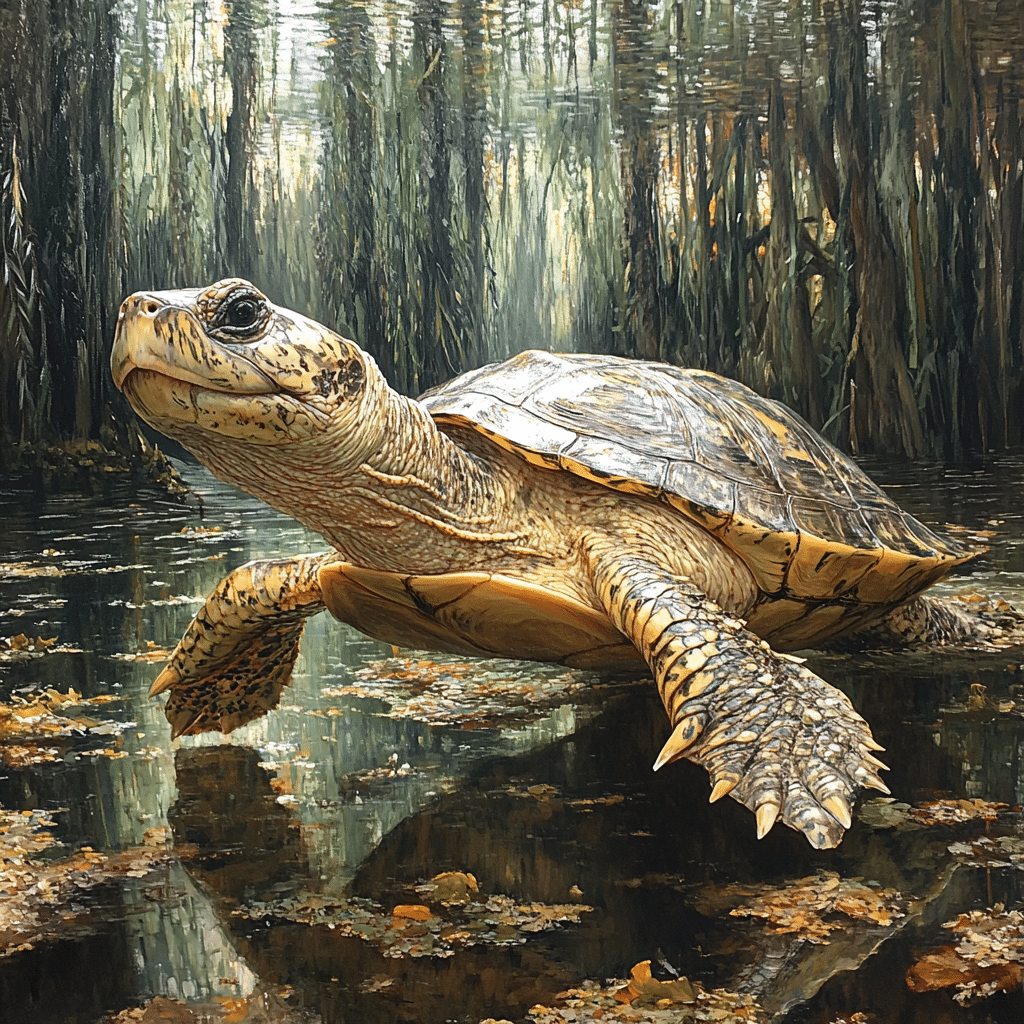
2. Florida Softshell Turtle vs. Humpback Whales: A Study in Aquatic Conservation
Both the Florida softshell turtle and the majestic humpback whale deserve appreciation, yet they showcase different aspects of aquatic conservation. By exploring these two species, we uncover important insights into the challenges faced within aquatic ecosystems.
2.1 Species Size and Impact
When comparing these two, one can’t help but marvel at the size difference. While the Florida softshell turtle averages 10 to 20 inches, the humpback whale can be a staggering 60 feet long. But size doesn’t diminish their ecological significance. Both serve as vital indicators of their environments—watching their populations can provide valuable insight into the health of freshwater and marine ecosystems.
2.2 Reproductive Strategies
Unique reproductive strategies set the softshell turtle and humpback whale apart. While humpback whales migrate thousands of miles to find safe breeding grounds, Florida softshells rely on optimal nesting sites near sandy banks. Each species’ survival hinges on its respective environment, demonstrating the intricate balance present within aquatic ecosystems. Understanding these connections can inspire better conservation practices across various habitats.
2.3 Conservation Challenges
Conservation challenges differ for these two species. Whereas humpback whales often face threats from ship strikes and fishing net entanglements, the Florida softshell turtle’s struggles are rooted in wetland destruction and pollution. Tackling these problems requires focused efforts and educational outreach to engage local communities and travelers alike. Advocating for the preservation of both species underscores the shared responsibility we have towards our planet’s diverse inhabitants.
3. The Role of Florida Softshell Turtles in Ecosystem Balances
3.1 Predators and Prey
As opportunistic feeders, Florida softshell turtles play an essential role in maintaining healthy aquatic ecosystems. They regulate prey populations, preventing overpopulations that can destabilize habitats. Picture a well-balanced pond where fish swim harmoniously; this balance owes a debt of gratitude to the turtles lurking beneath the surface.
3.2 Indicators of Environmental Health
Being ectothermic, the health of the Florida softshell turtle can reveal much about the state of freshwater ecosystems. When their populations dwindle, it can serve as a wake-up call about larger environmental issues at play such as pollution and habitat loss. They offer us a window into understanding our impact on nature, and in many ways, their existence is a call to action for anyone who loves the great outdoors.
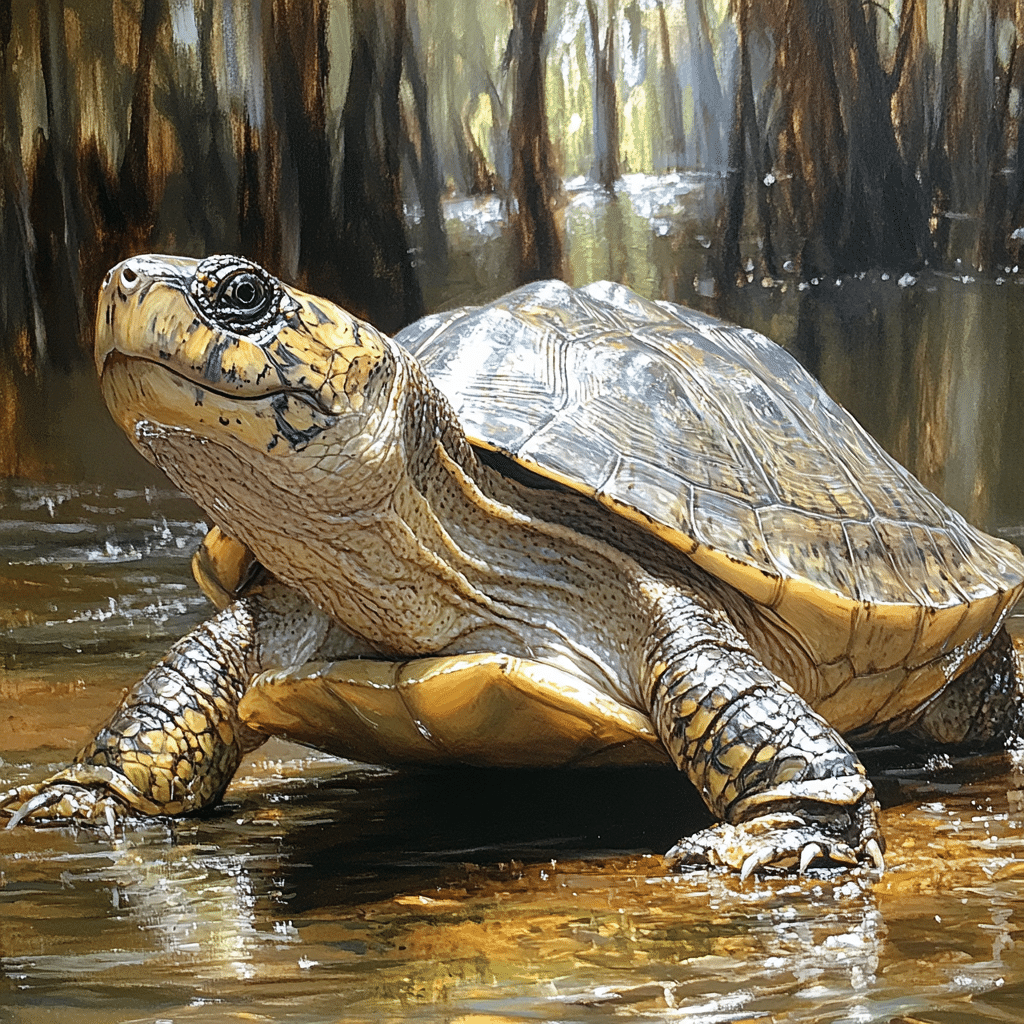
4. Innovative Conservation Strategies: Engaging Communities for Flora and Fauna
Innovative conservation strategies are key to protecting species like the Florida softshell turtle. Local communities play an integral role in these efforts. Educating residents about the importance of turtles can generate enthusiasm towards protecting their habitats and ecosystems.
Far Beyond Tranquility: The Importance of The Florida Softshell Turtle
The Florida softshell turtle reminds us of the intricate web of life in our aquatic ecosystems. By understanding its adaptations, habitat needs, and conservation challenges, we cultivate a thriving future for these incredible turtles. Protecting this unique species is an act of compassion and a vital step toward preserving ecological health. We must engage with our natural surroundings, ensuring that the legacy of the Florida softshell turtle continues. So the next time you’re soaking up the Florida sun, keep an eye out for these fascinating creatures — they hold secrets of a resilient ecosystem waiting to be uncovered.
This deep dive into their world not only enriches our understanding but reminds us that every little action counts when it comes to conservation.т
Florida Softshell Turtle: Amazing Facts About This Unique Species
Fascinating Characteristics
The Florida softshell turtle is a remarkable creature that stands out for its leathery, soft shell and elongated snout. This turtle can reach lengths of up to 28 inches, making it one of the larger freshwater turtles found in the United States. Additionally, they’re super fast swimmers, often surprising folks with their speed when they dart away underwater! If you ever fancy a bit of an adventure, you might consider hot air balloon Rides to take in the scenic waterways where these turtles thrive. As a bonus, you can witness the beauty of their natural habitats from above, like the picturesque settings you’d find around the Royal Sonesta San Juan.
Trivia About Their Behavior
Did you know that Florida softshell turtles spend much of their time basking in the sun? They can often be spotted clinging to rocks or floating on the surface, soaking up those warm rays. If you’re a fan of relaxing at a beautiful bar And Grills, think of these turtles basking nearby while you enjoy your meal. And here’s another fun tidbit: their diet consists mainly of aquatic invertebrates and fish, so they are quite the hunters in their watery world!
Unique Survival Tactics
One interesting survival tactic of the Florida softshell turtle is their ability to stay submerged for extended periods. In fact, they can hold their breath for around an hour while waiting for prey. It’s like waiting for the perfect moment at a roxian theatre show! Plus, these turtles are very adaptable; they can thrive in a variety of freshwater habitats, whether it’s a small pond or a large lake full of life. This adaptability mirrors the diverse roles people play in entertainment as seen with personalities like Nicole Tuck, who wears many hats in her career.
The Florida softshell turtle is indeed a unique reptile worth learning about, adding a vibrant layer to Florida’s rich ecosystem. Next time you’re out exploring the Sunshine State, keep an eye out for these fascinating creatures and immerse yourself in their habitat. Who knows, you might even stumble across a serene spot perfect for a quiet moment with a drink, like peppermint schnapps—just remember to appreciate the wildlife around you!
